The Adventure of STEM Education

The AdVENTURE STEM teaching and administrative staff: (Left side) Chrissy Hogan-Esch, ’09 Multiple Subject Credential; Mariana Garcia-Serrato, ’10 Multiple Subject Credential; Judy Zaccheo, ’03 Teaching Credential, Reading Specialist, ’03 MA Education; Samantha McMillan, ’08 Multiple Subject, Single Subject Credentials. (Right side) Michelle Link, ’08 Multiple Subject Credential; Christina Chin; Jodi Edwards-Wright, ’94 Communication Studies, ’95 English, ’04 MA Educational Leadership; Principal Laura Meusel, ’98 Social Science, ’03 Teaching Credential, ’07 MA Education, ’08 Administrative Credential; Danielle Wilkinson. Photo by David Schmitz.
On a smoky afternoon in late fall, Mariana Garcia-Serrato welcomed a cohort of parents into her middle school classroom in San Jose. As the founding teacher at Leonard Herman Intermediate’s AdVENTURE STEM program, Garcia-Serrato explained the school’s interdisciplinary approach to math, language arts, social studies, engineering and science.
“At AdVENTURE, we are developing 21st century skills to be active participants in the digital age,” says Garcia-Serrato, ’10 Multiple Subject Credential, to parents perched on lab stools. “That’s our mission. Those skills are the ones that the next generation is going to need to solve—the problems that we and the generations before them have created. The reality is that we live on a planet that is polluted. We do not have enough resources to feed everyone. This is about sustainability and the way we live. In order to train kids, to give them the tools that they might need to solve those problems, you need to start early. You need to expose them to problems and you need to start harnessing that curiosity.”
Trained as a biochemist in Mexico City, Garcia-Serrato worked in a research lab in Mexico for 15 years before her then-husband accepted a job in Silicon Valley. She began volunteering in her children’s classrooms while on her spouse visa. That’s when she noticed a “deficit in their science education”—a knowledge gap that she believed was necessary for kids to learn. In 2008, when she was ready for the American job market, she became a teacher so she could offer the scientific and critical thinking skills she saw schools lacking.
After completing her credential at SJSU, she was a teaching intern for two years before accepting a job at Leonard Herman Intermediate, where she was approached by the principal, Laura Meusel, with the idea to create a “hands-on STEM program.” Hungry for additional digital literacy training, Garcia-Serrato became a Google Certified Educator, an Edmodo Luminary and Ambassador and a KQED Ambassador. Through a few years of creative collaboration and trial and error, the AdVENTURE STEM program was born.
Though “STEM” is most often defined as science, technology, engineering and mathematics, Garcia-Serrato argues that a STEM education is about cultivating curiosity and critical thinking and using a scientific approach to investigate all disciplines, including the humanities and social sciences. This philosophy is reinforced in the Next Generation Science Standards (NGSS), nationwide K-12 science content standards released in 2013. Influential though standards can be, it is up to schools, educational administrators and teachers to interpret and apply them.
While most middle school teachers are expected to teach one or two grade levels or subjects (“preps”), Garcia-Serrato, who has both multiple-subject and single-subject credentials, teaches five: fifth-, sixth-, seventh- and eighth-grade science, as well as an engineering elective. This means designing multiple curricula, grading five homework sets and investing in the professional development necessary to keep up.
Educators as Change-Makers
What does it take to prepare a teacher of any discipline to adopt a STEM-focused approach to teaching—and how can credential programs set educators up for success?
Professors can team up to educate the next generation of teachers, says Heather Lattimer, dean of San Jose State’s Connie L. Lurie College of Education. A former professor and educational administrator who got her start teaching at San Jose’s Abraham Lincoln High School, Lattimer encourages education professors to collaborate across departments to develop tools and methodology to support teachers. Her goals are two-fold: to give education majors the content area knowledge they need to teach 21st century skills, and to encourage STEM majors to teach. She says that professors must first reframe the narrative about careers in education.
“We want teachers who are going to be change-makers—warriors for social justice, equity advocates,” she says. “Training high-quality, diverse educators who will be able to connect with and relate to their students and provide a high-quality education in all schools is one of the core equity and social justice issues of our time.”
A 2017 report released by Stanford’s Learning Policy Institute surveyed more than 200 California districts and revealed that 75 percent of them were experiencing teacher shortages, especially in special education, bilingual education, mathematics and science. Lattimer says that by arming teachers with additional training or authorizations in these high-demand content areas, universities can better prepare pre-service teachers for the classroom while also making them more marketable. The report also shared that only 29 percent of California teachers are people of color, whereas students of color make up about three-quarters of the school population. Lattimer calls this the “diversity gap” and believes that the Lurie College of Education can provide teaching candidates of all backgrounds with the necessary training and experience to fill these positions while discovering new ways to inspire the next generation.
San Jose State Assistant Professor of Science Education Tammie Visintainer, who holds a joint appointment between the Lurie College of Education and the College of Science, researches equity in science education at the intersections of race, identity and learning. As a secondary science methods instructor, she encourages credential candidates to consider two major questions: Who has access to high-quality science education—and how do we teach science in authentic and equitable ways?
“Demographic shifts in California and nationwide mean that science educators need to be educated, aware and able to build on the diversity of experiences and sense-making practices of students from a multicultural population. Learning how to tap into students’ ideas and cultural practices as instructional resources and assets in the science classroom is key,” says Visintainer. “The newest science education reform promotes teaching science as an iterative body of practices rather than facts to be memorized. In other words, to do science like scientists do. This involves reshaping how we think about science teaching and learning—designing equitable opportunities for students to engage meaningfully in science practices rather than lecturing—and the types of instructional and pedagogical approaches that we promote with our teacher candidates.”
One of the big creative challenges that educators face is how to engage students of all levels, abilities, backgrounds and majors in the scientific process. While fifth-graders at AdVENTURE STEM construct prototypes in a special Maker Lab elective course, undergraduates at San Jose State have increasing opportunities to participate in research. Chemistry Professor Lionel Cheruzel is one of four professors leading the new Freshman Initiative: Research to Engage Students (F.I.R.E.S.), a program funded by the W.M. Keck Foundation that aims to engage undergraduates in scientific research early in their career at SJSU.
“I tell freshmen that you don’t have to wait to do research,” says Cheruzel, who is the principal investigator on the grant. “We made it accessible. Conducting research is one opportunity for students to differentiate themselves and be more competitive once they leave SJSU.”
Cheruzel says one of the biggest advantages to engaging in research is the chance to work one-on-one with students. His introduction to chemistry courses average about 250 students a semester, whereas the students who work in his lab benefit from direct interactions with faculty members and are encouraged to apply theories to hands-on experiments.
“I encourage curiosity and questioning,” he says. “It’s great to see students asking, how can I continue carrying out the experiment? How can I improve upon it? How can I enhance this? You can see this pride in students—you can see the excitement when they understand something or when something works. It’s great to be able to give them this opportunity. When they embrace it, it’s even better.”
Natanya Villegas, ’19 Microbiology, embraced scientific training as a freshman in the Research Initiative for Scientific Enhancement program (RISE), which offers financial support and mentorship for students underrepresented in PhD programs. She was placed in Associate Professor of Biological Sciences Katherine Wilkinson’s research lab, where she continued working with the support of the Maximizing Access to Research Careers (MARC) program. Thanks to MARC, her tuition was 60 percent covered, she was paid a monthly stipend, and offered workshops to prepare her for applying to doctoral programs. She still works as a research assistant in Wilkinson’s neuroscience lab, which explores sensory plasticity.
“I love the MARC program,” says Villegas. “We get to do research, but we also get to go to conferences and present research, go to summer programs that we apply to and present that research as well. Before I was enrolled in RISE, I didn’t know much about applying to PhD programs. The MARC program has been really exciting—they really give you advice.”
In March 2019, Villegas accepted an offer to pursue a PhD in biology at the University of Oregon’s Institute of Molecular Biology. She has one more semester of funding and research experience in Wilkinson’s lab to prepare her for the world beyond San Jose State.
STEM as Community Service
“In order for us to continue to innovate into the next 100 years, we really want to bring opportunities of all kinds to our kids.” —Rita Holiday
There are many ways to contribute to the future of science, says Rita Holiday, Intel’s community engagement manager of Global Public Affairs. One way that Spartans can contribute to the future of STEM is to volunteer. The driver of Intel’s corporate social responsibilities initiatives, Holiday, ’11 Humanities, also manages Intel’s corporate philanthropy. Intel employees are encouraged to volunteer on STEM initiatives in local schools. For every hour volunteered, the company offers $10 back to the schools, up to $15,000 a year.
“Our priority focus is K-12 STEM education,” says Holiday. “We were founded by innovators and forward-thinkers. In order for us to continue to innovate into the next 100 years, we really want to bring opportunities of all kinds to our kids, especially those in underserved or Title 1 schools. We know that every kid we reach may not go into STEM careers, but they are going to be educated consumers, educated employees somewhere where they understand and feel comfortable with technology. It’s important to us that we really prepare 21st century workers.”
Growing up in Silicon Valley with what she calls “a bird’s eye view of seeing kids embrace technology,” Holiday did not connect with STEM in her own classroom.
“I remember sitting in a science classroom and staring at the board thinking, what does this have to do with the world today?” she says. “But there’s a new way of teaching today—real-world problem solving. Twenty years ago, it was a challenge to get schools interested in having a relationship with a corporation. Our teachers are much savvier—they know what to ask for, they know what their students need. Over the last 20 years, it’s been really gratifying to see us getting more technology in the classroom and teaching through technology.”
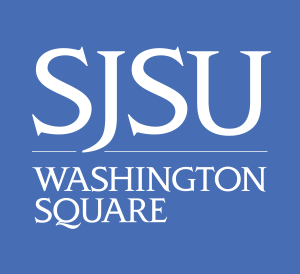
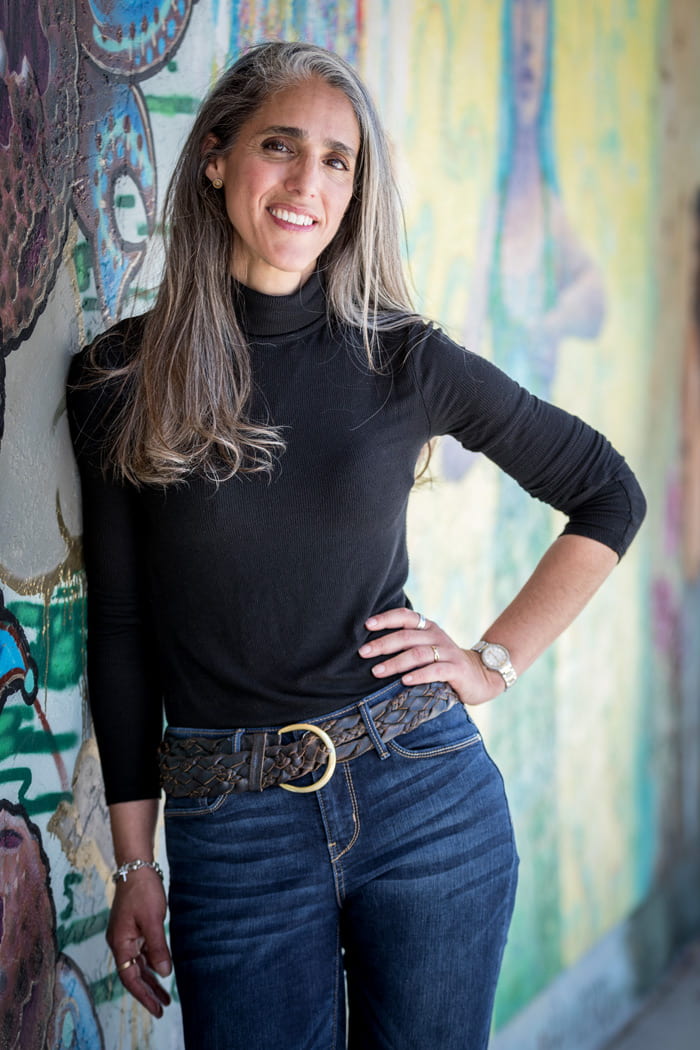
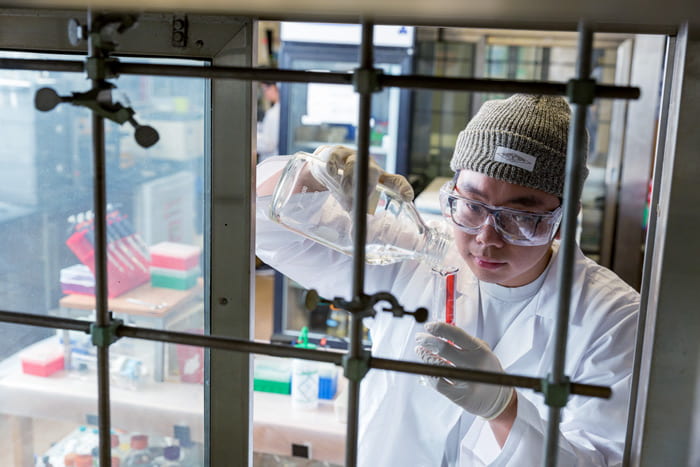
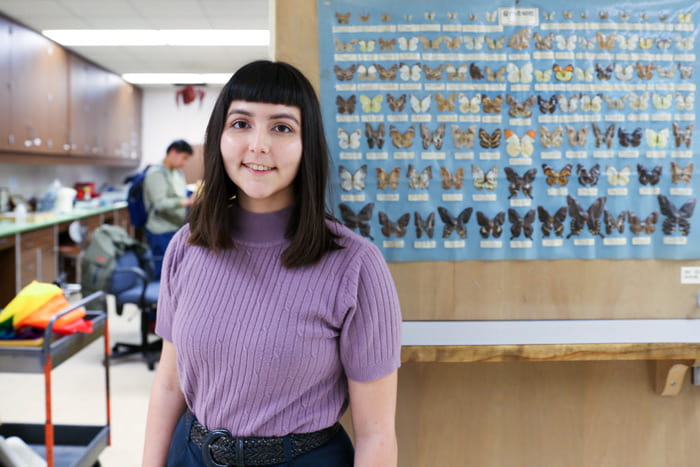

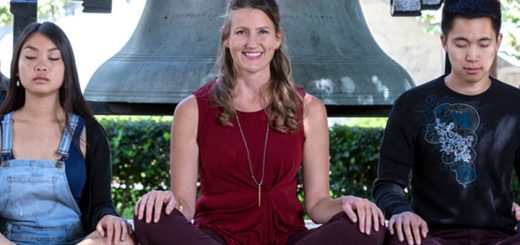

We love all our teachers at Adveture! Thanks for all your hard work and dedication.